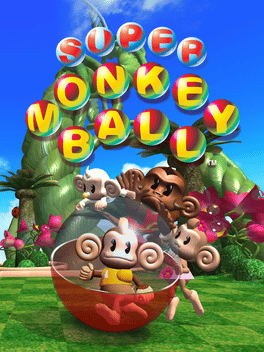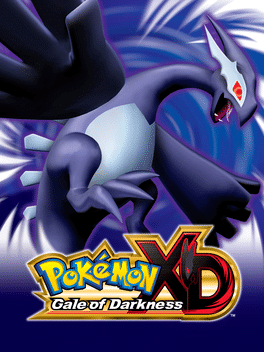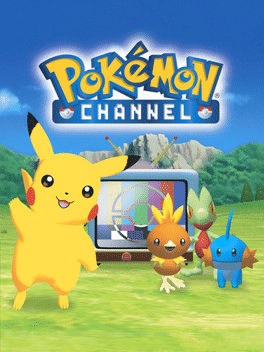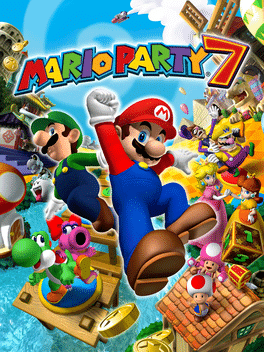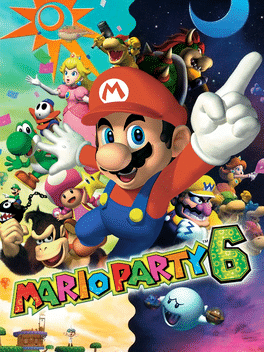Top Rated Nintendo Gamecube Games - Page 4
-
Super Monkey Ball
2001
Super Monkey Ball
2001
star 5.6Super Monkey Ball is a 2001 platform party video game developed by Amusement Vision and published by Sega. The game debuted in Japan at the 2001 Amusement Operators Union trade show as Monkey Ball, an arcade cabinet running on Sega's NAOMI hardware and controlled with a distinctive banana-shaped analog stick. Due to the failure of Sega's Dreamcast home console and the company's subsequent restructuring, an enhanced port dubbed Super Monkey Ball was released as a launch title for the GameCube in late 2001, garnering interest as Sega's first game published for a Nintendo home console. Conceived by Amusement Vision head Toshihiro Nagoshi, Super Monkey Ball involves guiding a transparent ball containing one of four monkeys—AiAi, MeeMee, Baby, and GonGon—across a series of maze-like platforms. The player must reach the goal without falling off or letting the timer reach zero to advance to the next stage. There are also several multiplayer modes: independent minigames as well as extensions of the main single-player -
Pokémon XD: Gale of Darkness
2005
star 5.5Pokemon XD is a sequel to the role-playing game Pokémon Colosseum. You'll play as Michael, a Pokémon trainer who is trying to thwart the evil Cipher. Cipher plans to control the world by using the powerful, but unpredictable, shadow Pokémon. Now you must fight back by collecting your own shadow Pokémon and beating Cipher's goons in battle. Pokémon XD also lets you import Pokémon from Game Boy Advance Pokémon games and participate in head-to-head battles with other players. -
Pokémon Channel
2003
Pokémon Channel
2003
star 5.4Pokémon Channel is a 2003 video game in the Pokémon series for the GameCube, developed by Ambrella and published by Nintendo and The Pokémon Company. The player's goal is to help Professor Oak refine and promote his TV network through watching broadcasts with a Pikachu. The game contains elements of the adventure, digital pet, and simulation genres. The player can explore full 3D environments, have Pikachu converse with other Pokémon, and collect various items. The game was developed rather quickly as a sequel to the Nintendo 64 title Hey You, Pikachu! and to promote the Nintendo e-Reader accessory, and uses a novel 3D texturing effect. It was first showcased at Electronic Entertainment Expo (E3) 2003 and later through a month-long series of promotional events in Sapporo, Hokkaido, Japan. It was released on July 18, 2003, in Japan, December 1 in North America, and April 2, 2004, in Europe. In Japan, the game sold 66,373 copies in its first year. It received mixed reviews, which generally criticized its low lev -
Mario Party 7
2005
Mario Party 7
2005
star 5You can play more than 80 new minigames in the most recent Mario-themed party game, Mario Party 7. Mario and pals needed some time off, but they forgot to invite Bowser on their cruise. You can battle against an angry Bowser or up to seven of your friends on a single GameCube system. Mario Party 7 includes a few new characters and brings back microphone support from Mario Party 6. -
Mario Party 6
2004
Mario Party 6
2004
star 5Mario Party 6 offers a new batch of games that require both your fingers and your voice. In this installment in the Mario Party series, you can use the included microphone controller to talk your way to victory. More than 80 minigames are included. You can play as Mario, Bowser, or other characters from the Mushroom Kingdom. New characters appear on the board depending on what time of day it is. The game supports up to four players.
